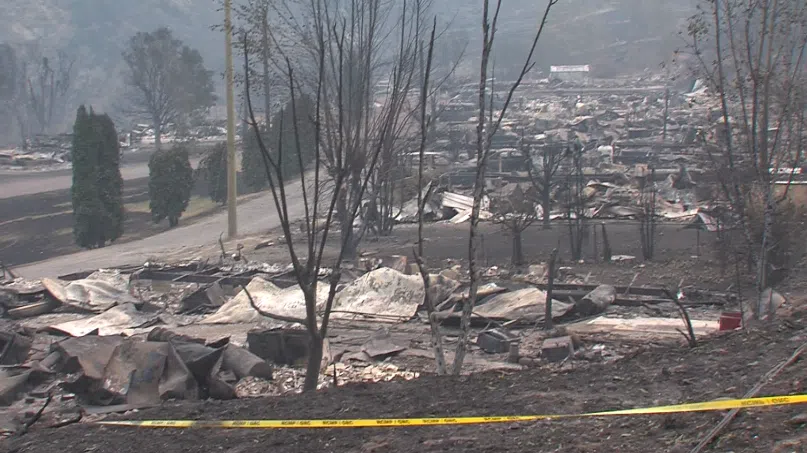
Wildfire recovery manager to help homeowners rebuild
KAMLOOPS — More than two-hundred homes were partially or completed destroyed in the Thompson Nicola Regional District after this summer’s record-breaking wildfire season.
With a large portion of those homeowners looking to rebuild, residents are facing challenges when it comes to new zoning and rebuilding regulations.
The TNRD recently appointed a recovery manager to help residents through the process.


